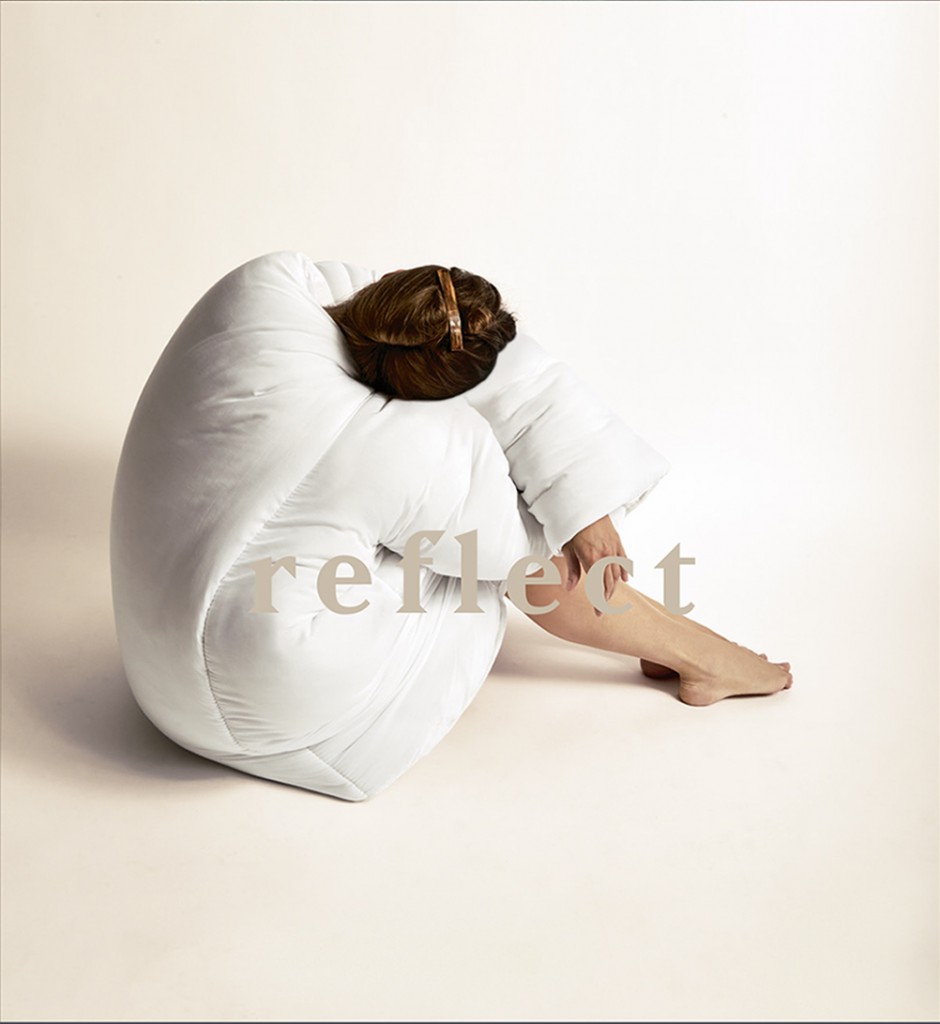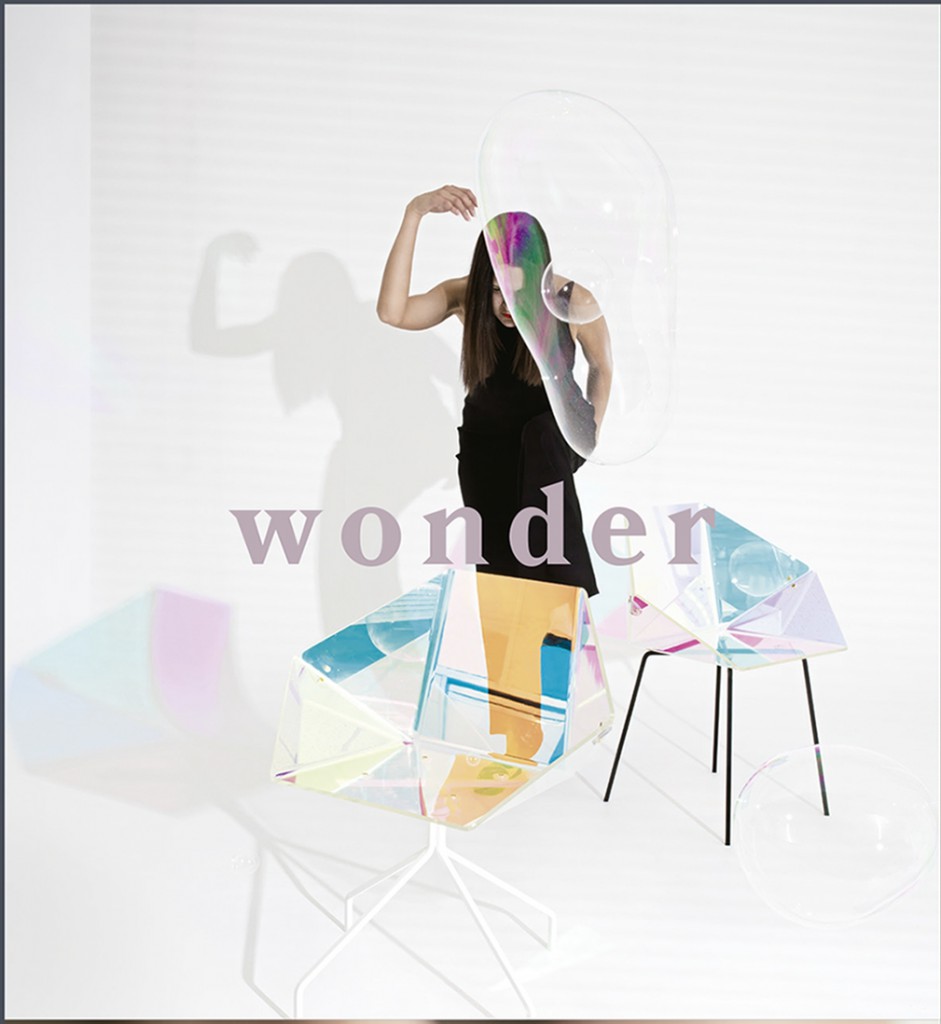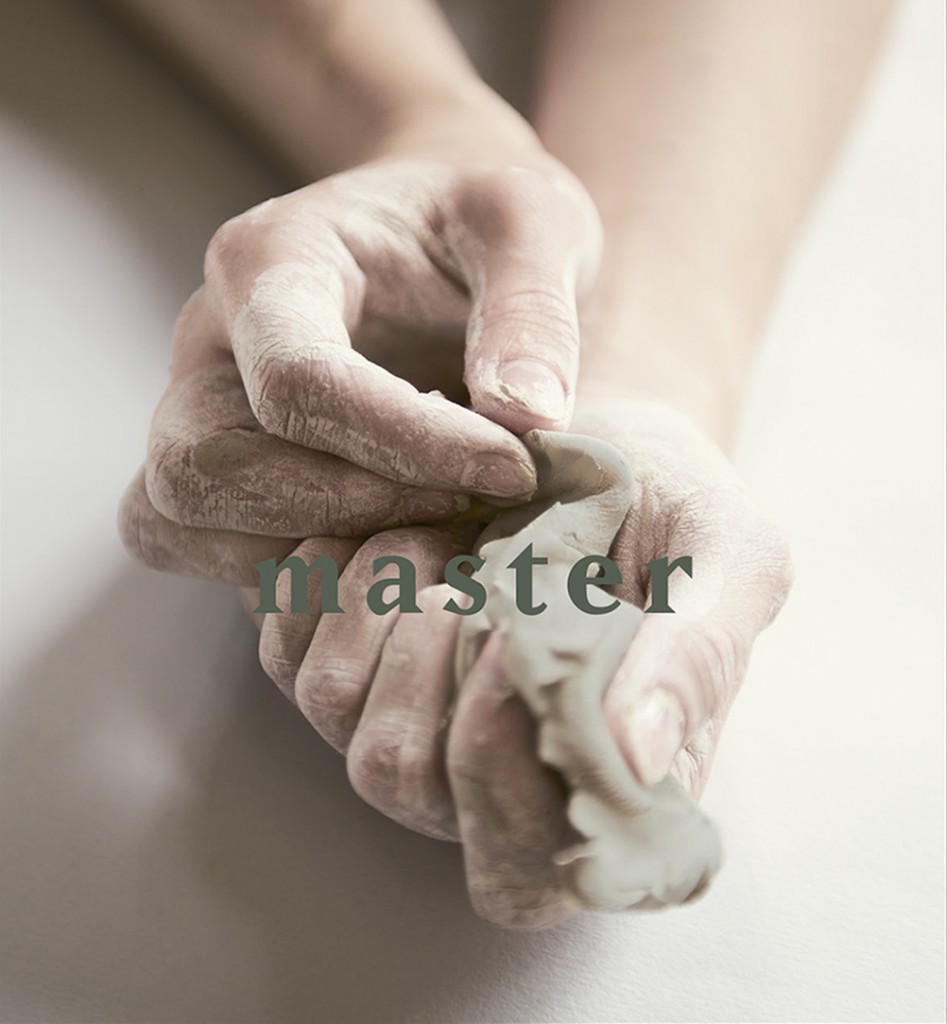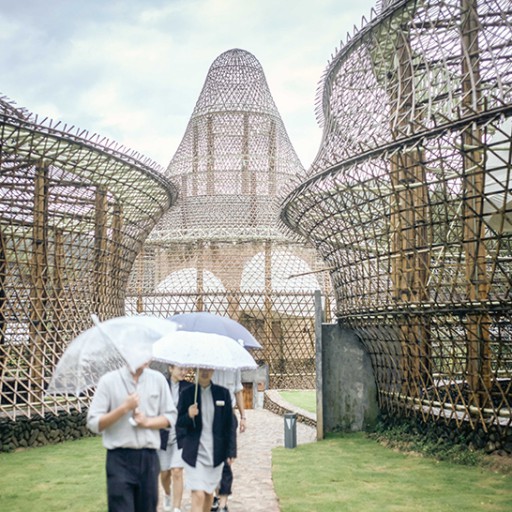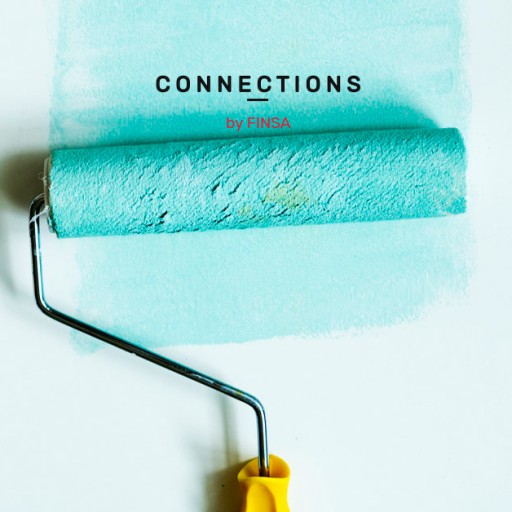Mindfulness consists of a meditation practice which goes beyond the person. Interior design has been influenced by this spiritual practice resulting in the concept of mindfulhome. We’ll guide you through this trend so that you can see how to apply it to your spaces in a practical way.

What is mindfulness?
In the 1970s, a type of psychological therapy based on reflection which allows people to be conscious of the present moment started gaining popularity. Full attention: that is what this Anglicism, which borrows from the semantics of Buddhist meditation practice, means.
What inspires mindfulness? This reactionary current against rushing through life shares the ideas of keeping only the essentials with minimalism, the organisational theory of Marie Kondo, and the capacity for analysis and abstraction with slow design. These three basic elements, all mixed together, result in something that is easily translatable to the way we understand interior design. Or perhaps we should practice full attention if our surroundings don’t follow this praxis?
Mindfulhome: mindfulness in interior design
The mindfulness trend applied to living spaces can be seen in a big way on Pinterest (the main showcase for interior design), where saved pins related to this concept have increased 248%.
In contrast with Baroque and lavish styles, spaces are conceived to be lived in, not to impress. It promotes introspection through distinct elements: from architectural composition, resulting in less physical and visual divisions, to decoration, which are intended to be essential elements which let us be in harmony with our surroundings.
What advice should we follow to apply mindfulness to spaces? We’ve narrowed it down to these five tips:
- The space as a whole: prioritize open spaces without distractions, basing them on a minimalist style which helps us keep only the essentials. Natural, soft, and dim lighting must be the protagonist.
- Colours and textures: earthy tones like ochre and soft colours must take priority in the colour palette. We should leave stridency to one side and look to connect with the medium through touch, which leads us to the third point…
- Natural materials: natural fabrics, plants, and materials with nothing added, such as wood, clay, and stone, help to strengthen the living space, making it part of a whole.
- Escape from time: spaces should facilitate introspection, so we should remove clocks from spaces in which they are not necessary, such as the kitchen. In this way, we encourage deliberate actions.
- Disconnect from technology: even though automation and gadgets are great for making our lives simpler, sometimes this hyperconnectivity can make us incapable of finding tranquillity. Having minimal technological surroundings and having them concentrated in specific areas is recommended.


